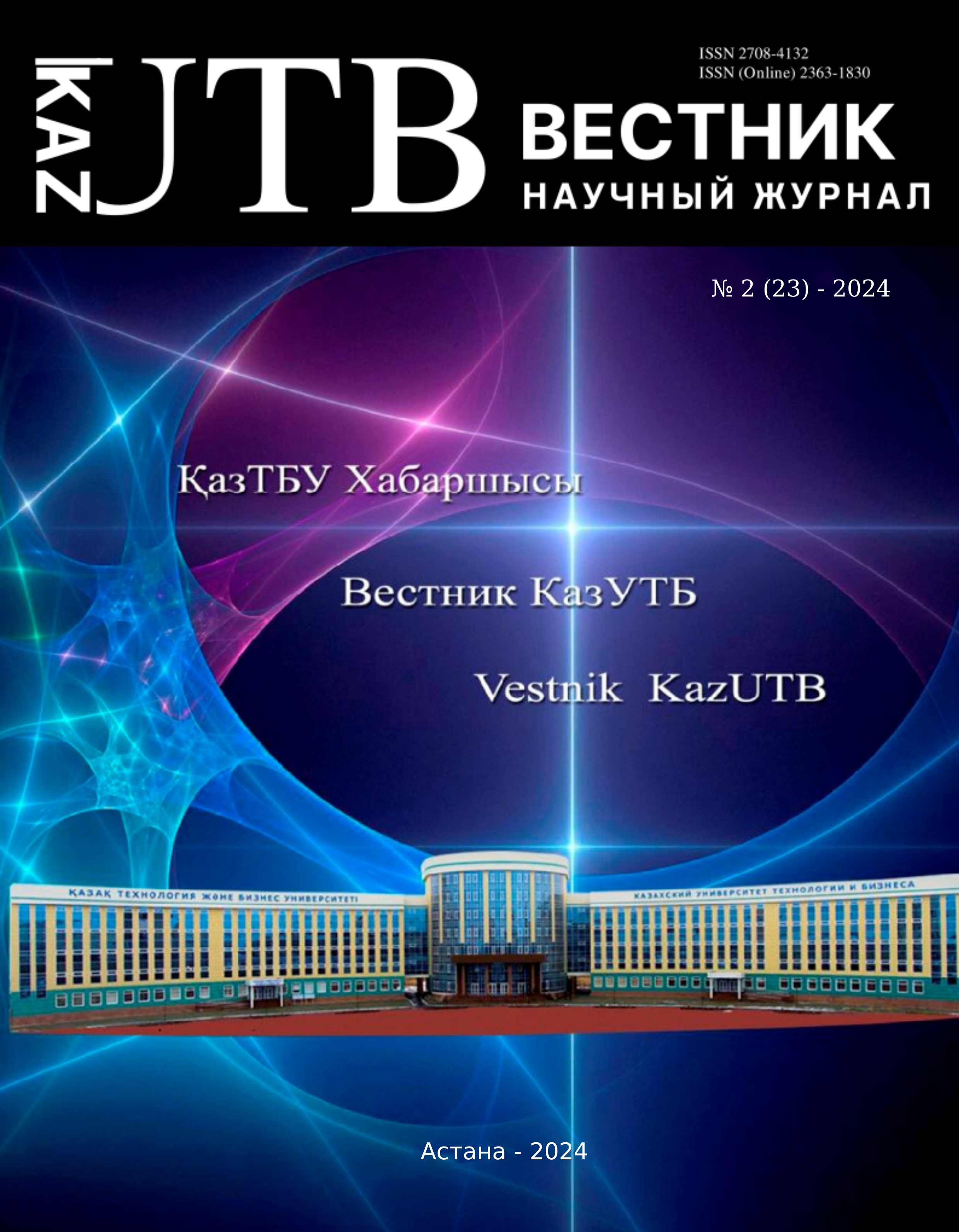Меню


Information and communication and chemical technologies
No. 2 (23) - 2024 / 2024-06-30 / Number of views: 145
OBTAINING POROUS CARBON MATERIAL AND INVESTIGATION OF ITS PHYSICAL AND CHEMICAL PROPERTIES
Authors
Keywords
porous carbon material, brown coal, carbonization, activation, thermal decomposition, activated carbon
Link to DOI:
How to quote
Kazankapova, M. ., B. Yermagambet, Z. . Dauletzhanova, and A. . . . . . . . . . . . . . . . . . . . . Kalenova. “OBTAINING POROUS CARBON MATERIAL AND INVESTIGATION OF ITS PHYSICAL AND CHEMICAL PROPERTIES”. Vestnik KazUTB, vol. 2, no. 23, June 2024, doi:10.58805/kazutb.v.2.23-459.
Abstract
The proposed method for producing porous carbon material involves the thermal decomposition of brown coal from Kazakhstan deposits, optimized by a treatment process where steam is used for coal activation, enhancing the safety of the process. The resulting product exhibits high characteristics, including high dielectric permittivity, specific surface area, and capacity, making it effective for use in supercapacitors as an electrode material and for hydrogen storage. The coal carbonization process includes an initial low-temperature (at 180°C, with a heating rate of 10°C/min) treatment of the raw material in the presence of air for 1 hour, followed by carbonization in an inert atmosphere at temperatures ranging from 180-900°C with a heating rate of 5°C/min, and steam activation at the maximum temperature for 1 hour of the coal ground to a 0.1 mm fraction. The material is then extruded into cylindrical shapes (diameter: 2-3 mm, length: 5-10 mm) using a binder material: starch - 5%, sodium hydroxide - 0.5%, water - 17%.



